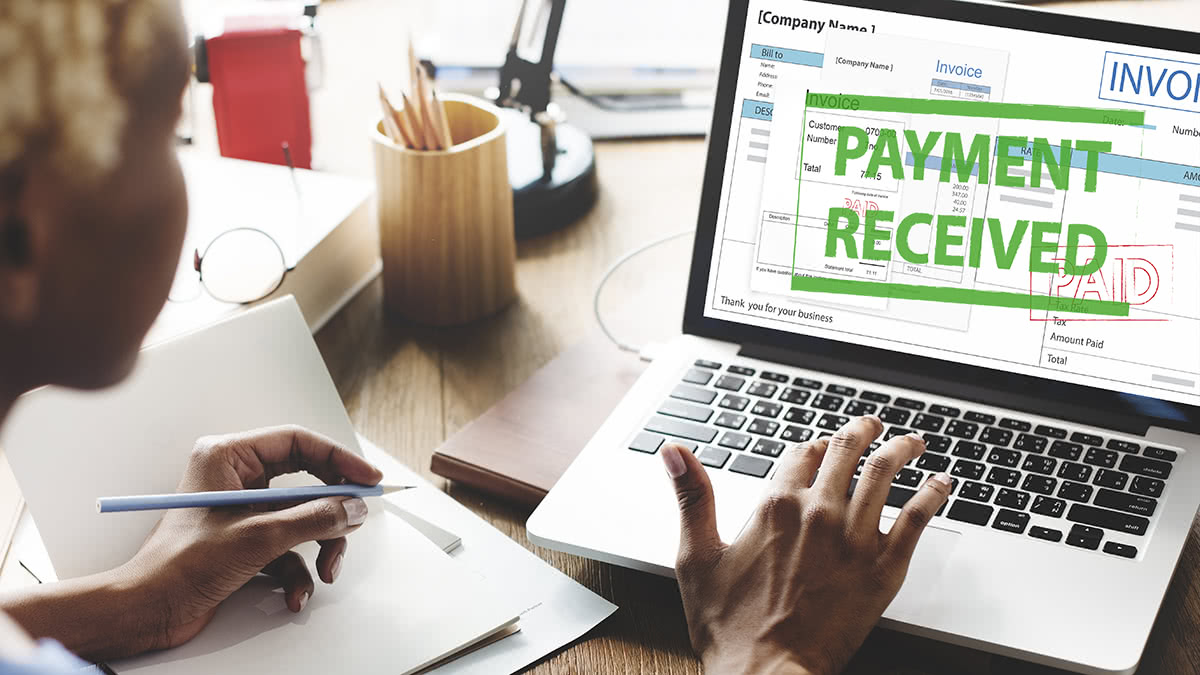Prepayments Plans Beat the AR Blues

Any business owner who spends time and money resolving delinquent invoices understands the value of prepayment agreements. But in addition to cutting AR overhead, prepayments can be a boon to your firm's cashflow. They'll also provide capital, when you need it, to pay for the materials and labor needed to deliver goods or services.
But how can you get a conversation about prepayments going with a customer or prospect? These six steps can get you started on the path to worry-free accounts payable management and more fulfilling customer relationships.
Did You Know?
62% of U.S. businesses says maintaining cashflow is a major challenge.
Source: Federal Reserve Survey, May 2023
1. Create a professional look to build trust.
Enter any conversation about prepayments with the power of your firm's on- and off-line reputation behind you. Does your website include key information, such as your business's key management, full contact information, and industry accreditation? Are you monitoring your social media channels closely to ensure that conversations always reflect your firm's goals and values?
Reviews are key: A majority of American consumers — 87 percent — use Google Reviews to assess local businesses – especially healthcare, automotive, and home repair firms. That said, consider establishing and maintaining a presence on both general or service-specific review sites, including:
Angi (formerly Angie's List)
Respond to all negative reviews, and even as many positive reviews as possible. It shows you take your customers' feedback seriously.
2. Know the value of what you're offering.
Do a survey of market rates by visiting competitors' websites, reading their reviews, and attending local or industry networking events to gather intelligence. By doing so, you won't shortchange yourself¬ with low rates, or price yourself out of the field.
3. Be a flexible negotiator.
If your customer isn't willing to pay 100% upfront for any reason, grant some leeway. Meet them in the middle by asking for half upfront and the remainder upon completion. Also consider a prepayment discount to encourage prospects even more.
4. Offer payment options.
Be flexible with payment types. Many consumers and businesses prefer the ease of online payments. In fact, a 2022 survey by the Electronic Transactions Association reported that 82 percent of small and medium businesses now accept peer-to-peer payments platforms such as Zelle, Venmo, or Apple Pay. But also allow for those who still prefer checks and credit cards.
5. Write it all down.
Once you've agreed upon terms, provide a detailed agreement with the first invoice that includes:
A dollar-by-dollar breakdown of charges.
The details of your payment agreement, including timing, any discounts, and renewal options, if provided.
Accepted forms of payment.
Payment terms. (Ex: "Net 30," or a specific day/date each month)
6. Build assurances into your agreement.
Even if you have a great online presence and appear professional, your clients and customers will still want reassurance of your integrity. Such guarantees build trust and reduce the perceived risks of making a prepayment deal.
Set a deadline, along with provisions for compensation if you don't meet it.
Include a money back guarantee as part of a refund policy.
Offer a pre-determined discount if the customer re-signs after this term expires.
It may be difficult to negotiate your first few pre-payment agreements. But it gets easier with time, and the benefits of stable cash flow and increased customer satisfaction make your efforts worth the time.
Since 2008, Fora Financial has distributed $4 billion to 55,000 businesses. Click here or call (877) 419-3568 for more information on how Fora Financial's working capital solutions can help your business thrive.
